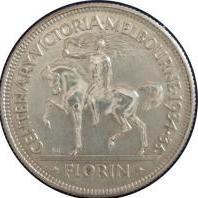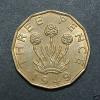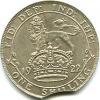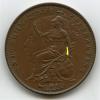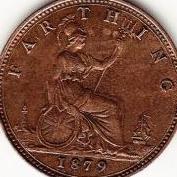No worries Mike. I had already started on 1858, whilst counting the large roses.
Year 1 for 1858's has just over 400 coins, of which about 10% are No WW, and of those 2 are missing serifs. I haven't counted the other 4 years yet.
I believe the missing serifs on the first I of BRITANNIAR only occurs when paired with a single obverse 'No WW' die (most examples have the same flaw after T of GRATIA).
Several years ago, I tested several B26a coins, which I had accumulated over the years, against the wording found on Page 108 of Bramah, as follows:-
"Another prolific source of minor variation is provided by the colons on the rev. Probably every die creates a colon variant and the only really satisfactory way of describing the position identifiably is by measurement and by the rather delicate indication afforded by projecting the line of each colon and so cutting the inscription opposite".
Below is a picture of one of my B26a coins, with the projected lines as per Bramah. I tried to find the best pixel to identify the centre of each colon dot, and then drew a straight line through these centres to the opposite side of the coin. The teeth where the projected lines meet the opposite side are numbered (larger figures). Numbering starts from the tooth where the stem of the rose hits the border, and then works clockwise. The smaller numbers measure the distance between each pair of colon dots.
I found that all my pieces had very similar sets of numbers i.e. within a range of 3 border beads, so I think Bramah's theory does work quite well at identifying individual reverse dies.....if one has the time to do this!!!
Just thought that may be of some interest; I have reduced image size to meet the predecimal limit.
 Coinpublications.com
Coinpublications.com
